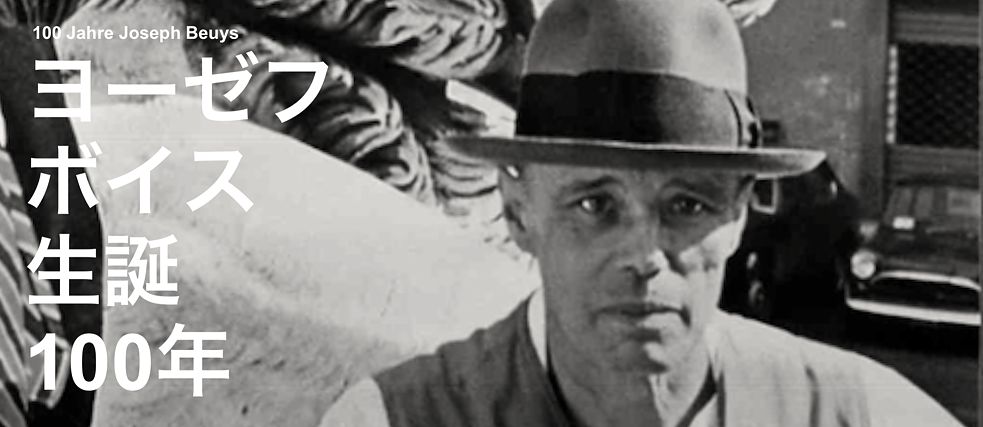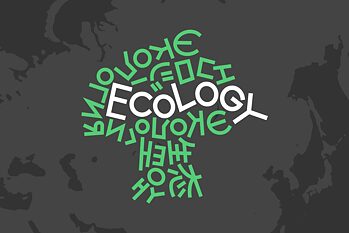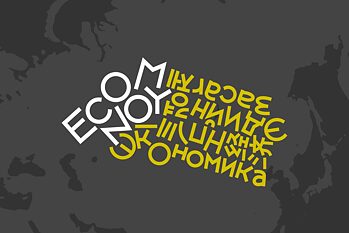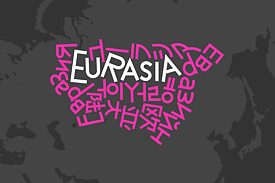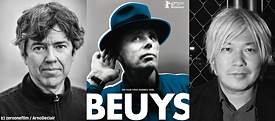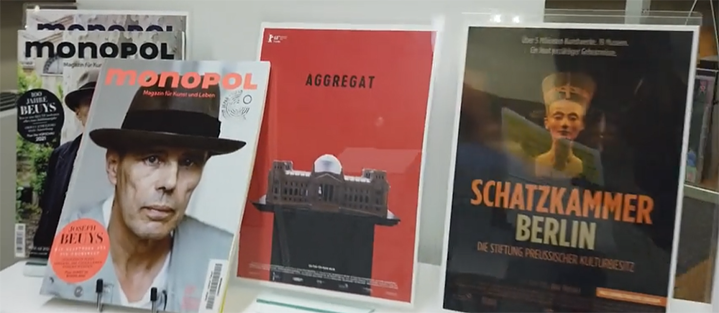www.beuysonoff.com is a cross-disciplinary art project with participants from Central and East Asia, who critically reinterpret and update Beuys ’s multi-faceted practices by addressing contemporary urgencies.
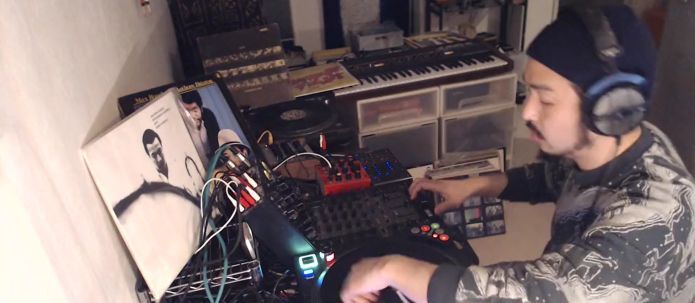 © DJ Sniff
"SOUNDS OF EURASIA – CONSTRUCTING A NETWORK THROUGH BEUYS/VOICE MAIL" - PODCAST By DJ SNIFF
© DJ Sniff
"SOUNDS OF EURASIA – CONSTRUCTING A NETWORK THROUGH BEUYS/VOICE MAIL" - PODCAST By DJ SNIFF
Listen to the podcast here.
beuys on/off opening talk
Mizuki Takahashi, Artistic Director of beuys on/off, talks to curators, activists and artists from several Asian countries about how they approached the Goethe-Institut Tokyo project. Which concepts, questions and narratives of Beuys' work do they take up in order to give a self-determined response from Eurasia 100 years after his birthday?
Beuys + Palermo
Museum of Modern Art, Saitama
10.7.-5.9.2021
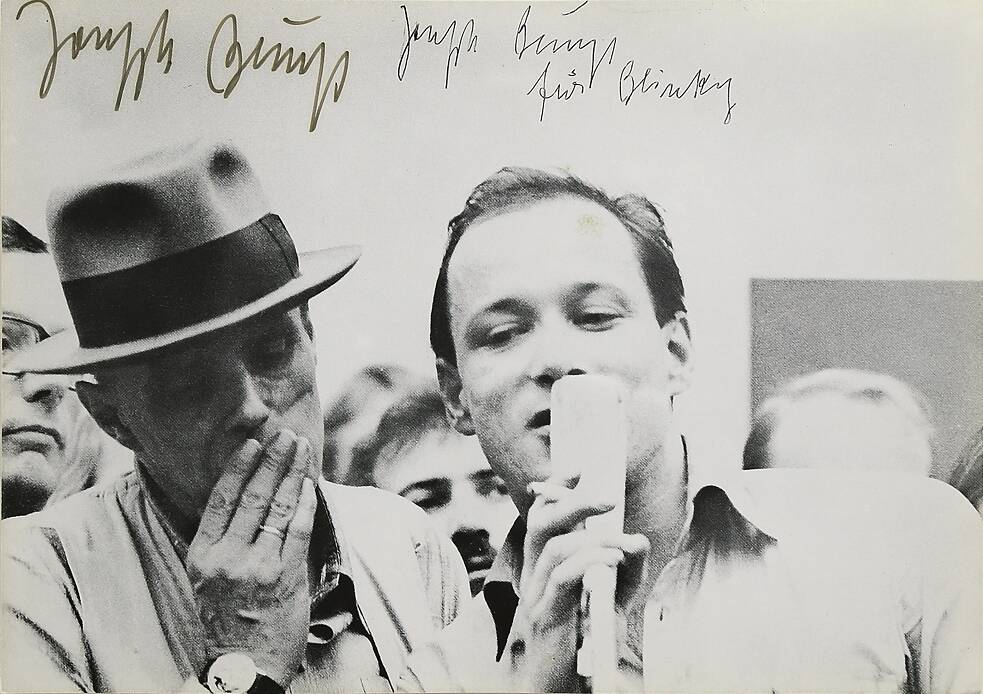
Joseph Beuys: Für Blinky ca. 1980 | © Hirose Collection
Joseph Beuys (1921-1986), der in diesem Jahr 100 Jahre alt geworden wäre, gilt als einer der wichtigsten Künstler seit dem Zweiten Weltkrieg. Im Rahmen seiner vielfältigen künstlerischen Aktivitäten, die Zeichnung, Malerei, Skulptur, Performance, Debatte und Diskussion, Pädagogik und politischen Aktivismus umfassen, war die Öffnung der künstlerischen Ausbildung und die Erneuerung der Lehre stets ein Kernpunkt seiner Tätigkeit.
Der Maler Blinky Palermo (1943-1977) studierte ab 1962 an der Düsseldorfer Kunstakademie, ab 1964 in der Klasse von Joseph Beuys, der ihn 1966/67 zu seinem Meisterschüler ernannte. Die abstrakten Gemälde, die Palermo in der kurzen Phase seiner künstlerischen Aktivität schuf, strukturieren die Kompositionselemente der Malerei auf ganz neue Weise und bringen durch ein intensives Farberlebnis unsere Wahrnehmung und gesellschaftliche Systeme still und leise ins Wanken. Die Arbeiten von Beuys und Palermo erscheinen auf den ersten Blick gegensätzlich, offenbaren aber Gemeinsamkeiten in ihrer Bemühung, die Kunst wieder in den Bereich einer unmittelbaren Lebensäußerung zu rücken. Beuys sagte über Palermo, er sei derjenige seiner Studierenden, der ihm in den Ausdrucksformen am nächsten sei.
Die Ausstellung "Beuys + Palermo" im Museum of Modern Art Saitama erforscht mit Werken beider Künstler vornehmlich aus den 1960er und 1970er Jahren die Spezifik ihrer jeweiligen Ansätze, und sucht in der Wechselbeziehung und den Überlappungen des Oeuvres der beiden Persönlichkeiten die latente Kraft ihrer künstlerischen Praxis. Sie reflektiert darin aufs Neue die Beziehung zwischen Gesellschaft und Kunst.
Ein zentrales Element der Ausstellung ist Beuys‘ Werkgruppe „Eurasienstab“ (1968/69), das bei Beuys gleichnamiger Aktion mit dem Fluxuskomponisten Henning Christiansen zum Einsatz kam. Beuys utopisches Konzept von Eurasien ist auch im Rahmen des internationalen, aktuell laufenden Projekts www.beuysonoff.com des Goethe-Instituts Tokyo ein thematisches Kernelement. Im Rahmen von beuys on/off werden verschiedene transformative und kooperative Prozesse rund um Beuys‘ Konzept von Eurasien entwickelt.
Das Goethe-Institut Tokyo ist Schirmherr der Ausstellung.
With his iconic uniform of a felt hat and a fisherman’s jacket, Joseph Beuys (1921-1986) was one of the most significant artists from Germany in the 20th century. His life-story was an amalgam of fact and fiction which often served to render Beuys’ mystic character. Based on his empiricist approach to making art, Beuys transformed his life-experience into both tangible and intangible art forms including drawing, painting, sculpture, performance, debate, discussion, teaching and political action.
Beyond the conventional idea of substantial art, Beuys expanded the concept of art to educational, social and political realms, advocating the idea of “social sculpture” through which everyone can shape the form of our society. In this regard, for Beuys, everyone is an artist with imagination and creativity. Education is one of his important focuses and he coestablished the Free International University in 1973, aiming to open a pedagogical platform for cross-disciplinary study. With his deep interest in natural science, he was engaged with the ecology movement and cooperated in founding the Green Party in the end of 1970s.
Beuys had a utopian vision of Eurasia where polarizations were merged throughout his artistic career and his fantasy was often embodied through the collaboration with Nam June Paik. For his solo exhibition at the Seibu Museum of Art, Beuys came to Tokyo in 1984. During his 8 days stay in Tokyo, he gave lectures, conducted the discussions with students, and staged a performance with Nam June Paik. Despite his passion for Eurasia, Japan was the first and the last Asian country Beuys could visit in his lifetime.
